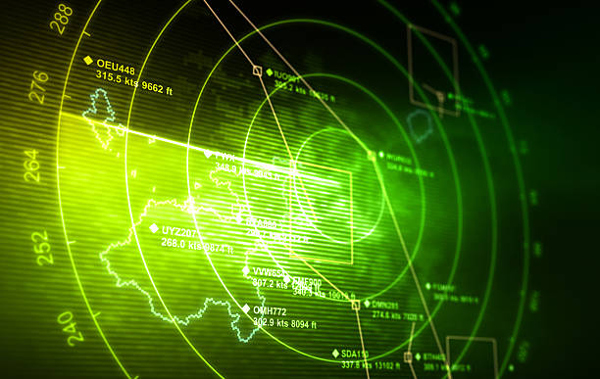Prime Minister Narendra Modi’s comment on a recent television interview that he had pushed for the Balakot air strikes against Pakistan despite overcast conditions as he had felt that the cloud cover would impact the accuracy of the Pakistani radars, has stirred a controversy.
In the interview that was aired on Saturday, Modi said he used his “raw wisdom” to dispel doubts of defence experts who wanted the air strike to be deferred due to bad weather.
“The weather was not good on the day of air strikes. There was a thought that crept in the minds of the experts that the day of strikes should be changed. However, I suggested that the clouds could actually help our planes escape the radars,” Modi said while talking about the cross-border strike on terror camps in response to the Pulwama attack that claimed the lives of 40 CRPF personnel.
Opposition parties, including the Congress, also took a swipe at Narendra Modi on Sunday over his remarks, with some leaders terming the statement as “ridiculous and false”.
However, a deeper look at how radar technology works and its limitations will prove that Modi was correct in his suggestions.
While radars can detect objects through clouds, their accuracy is affected by weather conditions such as rain or clouds. According to an Encyclopaedia Britannica entry on radar technology, “rain and other forms of precipitation can cause echo signals that mask the desired target echoes”.
Radar systems work in a wide band of transmitted frequencies. The higher the frequency of a radar system, the more it is affected by weather conditions such as rain or clouds. But the higher the transmitted frequency, the better is the accuracy of the radar system, explains a post on Radar Tutorial.
Air Surveillance Radars attempt to strike a balance by compromising on accuracy in adverse weather conditions and operate in the S band (2–4 GHz). However, even in this frequency, its abilities remain susceptible to heavy rain, fog and clouds in the atmosphere and attenuation can be very high. In other words, although radars are capable of detecting objects through clouds, it is a scientifically acknowledged fact that their efficiency is better when the skies are clear.
In case of air surveillance of civilian aircraft, a secondary surveillance radar is used to overcome the disturbance caused by clouds. The secondary radar uses the signals sent out by transponders aboard the aircraft. However, in this case, as it was a stealth mission into the airspace of another nation, the transponders on the Indian aircraft would have been switched off.
As the role of the secondary radar is ruled out, the effectiveness of Pakistan’s primary radars would have been diminished due to the presence of the cloud cover. The fact that the Indian Air Force’s Mirage 2000s were able to penetrate Pakistani air defence is further evidence of the plausibility of weather conditions preventing detection of the Indian aircraft in Pakistani airspace.
The Pakistan defence minister Pervez Khattak’s comments, in the aftermath of the Balakot strikes, that it was “too dark” for Pakistan to respond to India’s attack, could be alluding to the Pakistani radars going dark.
A dozen Indian Mirage 2000 jets carrying 1,000 kg bombs had crossed the Line of Control (LoC) and dropped bombs in the vicinity of the town of Balakot in Khyber Pakhtunkhwa province in Pakistan in the early hours of 26 February, 2019. This was the first time since the 1971 war that Indian fighter jets crossed the Line of Control.
Source: FP
Image Courtesy: iStock
You may also like
-
IAF Aircraft Set Course For Exercise Eastern Bridge VII At Oman
-
IAF Set To Host The Indian Defence Aviation Exposition-II At Jodhpur
-
Defence Secretary to co-chair 5th India-Philippines Joint Defence Cooperation Committee meeting in Manila
-
Simultaneous Launch Of ‘malpe And Mulki’, Fourth And Fifth Ships Of Asw Swc (Csl) Project
-
Aatmanirbharta in Defence: MoD signs Contract with HAL for 240 AL-31FP Aero Engines for Su-30MKI Aircraft
